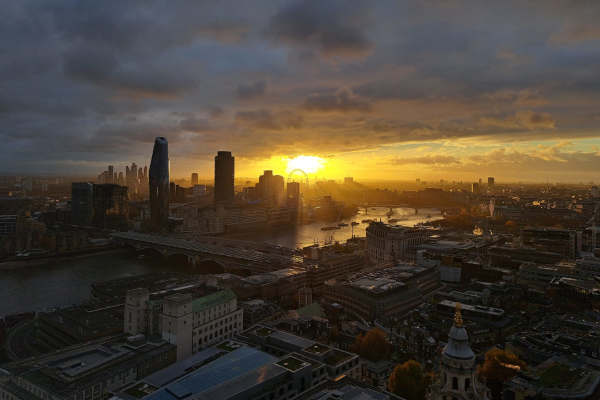Famous Doors: Great West Door
The Great West Door is a prominent feature of St. Paul’s Cathedral and is architecturally significant in the context of the overall design. The cathedral was designed by Sir Christopher Wren and built between 1675 and 1710 after the Great Fire of London.
At a height of 30 feet, the Great West Door is often used for ceremonial purposes. It serves as the main entrance for special events, religious ceremonies, and state occasions. The door’s use in significant ceremonies adds to its historical and cultural importance.
The presence of 18th-century graffiti surrounding the Great West Door of St. Paul’s Cathedral adds an interesting layer of historical context to the site. Graffiti from this period can provide insights into the social and cultural practices of the time. The fact that some of the graffiti is in elegant cursive script suggests that individuals took care and pride in leaving their marks on this prominent structure.
The first St. Paul’s Cathedral was built in 604 AD and destroyed in the Great Fire of London in 1666. Construction of the current St. Paul’s Cathedral began in 1675 under Wren’s design and officially completed in 1710. Wren’s vision was a masterpiece of English Baroque architecture, featuring an iconic dome and a classical façade.
The cathedral has played a significant role in various national events, including state funerals and jubilee celebrations.



